Home>Furniture & Design>Outdoor Furniture>How To Keep Outdoor Ice Rink Frozen
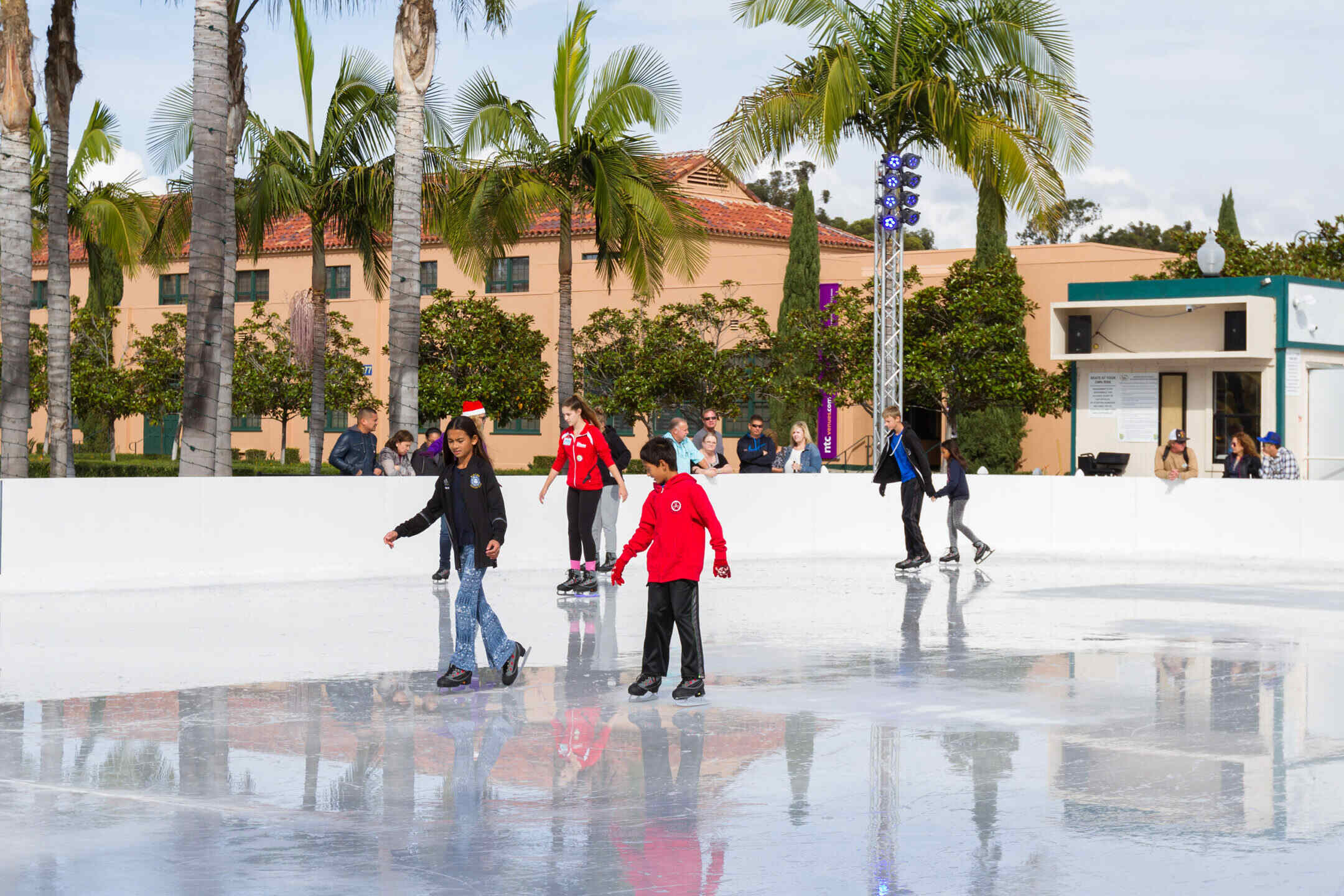

Outdoor Furniture
How To Keep Outdoor Ice Rink Frozen
Modified: February 17, 2024
Learn how to maintain your outdoor ice rink and keep it frozen all winter long with our expert tips and advice. Discover the best outdoor furniture and design solutions for your ice rink area. Keep your outdoor space functional and stylish.
(Many of the links in this article redirect to a specific reviewed product. Your purchase of these products through affiliate links helps to generate commission for Storables.com, at no extra cost. Learn more)
Introduction
Creating an outdoor ice rink is a delightful way to embrace the winter season and indulge in the exhilarating sport of ice skating. Whether it's for recreational use in your backyard or a larger community event, maintaining the ice rink's frozen surface is essential for a safe and enjoyable experience. In this comprehensive guide, we will explore the key steps to keep an outdoor ice rink frozen, ensuring that it remains a hub of frosty fun throughout the winter months.
From strategic location selection to the installation of a proper drainage system, each aspect plays a crucial role in preserving the ice rink's integrity. Additionally, we will delve into the significance of maintaining the ice surface, utilizing a refrigeration system, and monitoring and adjusting the temperature to uphold the ideal skating conditions. By understanding and implementing these fundamental practices, you can relish the enchanting allure of an outdoor ice rink while safeguarding its frozen allure. So, let's embark on this journey to discover the secrets of sustaining a captivating and enduring outdoor ice rink.
Key Takeaways:
- Embrace the winter season by creating an outdoor ice rink, but remember to choose a shady location, install a drainage system, and maintain the ice surface for a safe and enjoyable skating experience.
- Consider integrating a refrigeration system and monitoring the temperature to ensure the ice rink remains frozen, providing a consistent and enjoyable skating experience throughout the winter months.
Read more: How To Build An Outdoor Ice Rink
Location and Preparation of the Ice Rink
Choosing the right location for your outdoor ice rink is paramount to its longevity and the quality of the skating experience. Look for a flat and level area that receives ample shade, as this helps to maintain the ice by shielding it from direct sunlight. Additionally, consider the proximity of trees or buildings that can offer natural windbreaks, reducing the impact of wind on the ice surface.
Before setting up the rink, it’s essential to prepare the ground meticulously. Start by clearing the area of any debris, such as rocks, branches, and uneven patches. Next, lay a protective barrier, such as a high-quality ice rink liner, to shield the ice from the ground below and prevent it from melting prematurely. This barrier also aids in maintaining a consistent thickness of the ice.
Once the groundwork is complete, it’s time to create the perimeter of the rink. Utilize sturdy boards or plastic barriers designed for outdoor ice rinks, ensuring that they are securely anchored into the ground to contain the water during the freezing process. This perimeter will also define the boundaries of the rink, preventing the water from spilling over and facilitating efficient maintenance.
Finally, flooding the rink with water is the crucial step that sets the stage for freezing. Use a hose or a sprinkler system to evenly distribute a thin layer of water across the surface, allowing it to freeze gradually. Repeat this process multiple times, layering the ice to the desired thickness. Patience is key during this phase, as building a solid foundation of ice will contribute to the rink’s resilience and longevity.
By meticulously selecting the location and diligently preparing the ground, you can lay the groundwork for a robust and enduring outdoor ice rink, setting the stage for a season of frosty enjoyment.
Installing a Proper Drainage System
Efficient drainage is a critical component in the maintenance of an outdoor ice rink, as it prevents water from accumulating on the surface and impeding the freezing process. Without a reliable drainage system, the risk of uneven ice thickness and potential damage to the rink increases significantly. Therefore, implementing an effective drainage solution is essential for preserving the structural integrity of the ice.
One of the primary considerations when establishing a drainage system is to ensure that the rink’s perimeter is slightly elevated, allowing the water to flow away from the ice surface. This can be achieved by strategically positioning the boards or barriers surrounding the rink, creating a subtle incline that guides the water towards the designated drainage area.
Furthermore, installing a trench or a series of drainage channels along the perimeter of the rink can expedite the removal of excess water. These channels can be equipped with a slope to facilitate the smooth flow of water away from the ice, preventing the formation of puddles that could compromise the integrity of the surface.
In addition to surface drainage, it’s essential to address subsurface water accumulation, especially in areas with high water tables or heavy precipitation. Installing a perforated pipe drainage system beneath the ice rink can effectively manage the groundwater, preventing it from seeping onto the surface and hindering the freezing process.
Regular maintenance and inspection of the drainage system are equally important to ensure its effectiveness. Clearing any debris or obstructions from the drainage channels and ensuring that the subsurface drainage components are functioning optimally will contribute to the overall health of the rink.
By implementing a well-designed drainage system, you can mitigate the risk of water accumulation on the ice surface, fostering a conducive environment for the formation and maintenance of a robust and enduring outdoor ice rink.
Maintaining the Ice Surface
Once the outdoor ice rink is frozen, diligent maintenance is essential to preserve its smooth and pristine surface, ensuring a safe and enjoyable skating experience for all. Regular upkeep not only enhances the rink’s visual appeal but also contributes to its longevity and structural integrity.
One of the primary maintenance tasks involves clearing snow and debris from the ice surface. A sturdy snow shovel or a specialized ice resurfacer can be used to remove accumulated snow, ensuring that the surface remains even and free from obstructions. Regular snow removal also prevents the formation of uneven patches and maintains the desired thickness of the ice.
Smoothing the ice surface is another crucial aspect of maintenance. This can be achieved using a dedicated ice resurfacing machine or a manual alternative, such as a large squeegee or a specialized ice scraper. By eliminating rough spots and imperfections, the ice surface can be restored to a pristine condition, offering optimal skating conditions for enthusiasts of all ages.
Regular inspection of the rink’s perimeter is also essential to identify and address any potential issues that may compromise the integrity of the ice. Ensure that the boards or barriers are securely anchored and free from damage, as they play a pivotal role in containing the water and maintaining the structural stability of the rink.
Moreover, monitoring the thickness of the ice is crucial to prevent potential hazards. Utilize a reliable ice thickness gauge to assess the depth of the ice at regular intervals, especially after significant temperature fluctuations or precipitation. This proactive approach allows for timely adjustments and reinforces the safety of the skating environment.
By prioritizing the maintenance of the ice surface, you can uphold the quality and safety of the outdoor rink, providing a captivating and secure venue for skating enthusiasts to revel in the winter wonderland.
Regularly resurface the ice with a thin layer of water to remove any bumps and maintain a smooth surface. This helps to prevent the ice from melting and keeps the rink frozen.
Using a Refrigeration System
Integrating a refrigeration system into an outdoor ice rink can significantly enhance its resilience and longevity, especially in regions where maintaining consistently low temperatures is challenging. By leveraging the cooling capabilities of a refrigeration unit, you can mitigate the impact of fluctuating ambient temperatures and ensure the sustained freezing of the ice surface.
One of the primary considerations when implementing a refrigeration system is selecting the appropriate type based on the size and specific requirements of the ice rink. Ammonia-based refrigeration systems are commonly employed for larger rinks, offering robust cooling capacity and energy efficiency. For smaller setups, portable or modular refrigeration units may provide a more practical and cost-effective solution.
Strategically positioning the refrigeration equipment to maximize its effectiveness is crucial. Placing the cooling units in close proximity to the ice rink facilitates efficient heat exchange and minimizes energy loss, contributing to the consistent maintenance of the ice surface at the desired temperature.
Integrating a thermostat or automated temperature control system allows for precise regulation of the ice temperature, ensuring that it remains within the optimal range for skating. This level of control is particularly valuable in fluctuating weather conditions, as it empowers rink operators to adapt swiftly and maintain ideal skating conditions.
Regular maintenance and servicing of the refrigeration system are imperative to sustain its performance and longevity. Conducting routine inspections, cleaning the components, and addressing any potential issues promptly contribute to the reliability and efficiency of the system, ultimately safeguarding the integrity of the ice rink.
By incorporating a refrigeration system into the infrastructure of the outdoor ice rink, you can fortify its resilience against external temperature fluctuations, providing a consistent and enjoyable skating experience throughout the winter season.
Read more: How To Make Outdoor Ice Rink
Monitoring and Adjusting Temperature
Regular monitoring and precise temperature control are pivotal in maintaining the optimal conditions for the ice surface of an outdoor rink. By implementing a proactive approach to temperature management, you can ensure that the ice remains consistently frozen, fostering a safe and enjoyable environment for skating enthusiasts.
Utilizing a reliable thermometer or temperature sensor to monitor the ambient and ice surface temperatures is the first step in this process. Position the sensors strategically to capture accurate readings and enable timely adjustments as needed. Regular temperature checks, especially during periods of fluctuating weather, allow for proactive interventions to uphold the integrity of the ice.
When monitoring the temperature, it’s essential to establish the ideal range for sustaining a frozen ice surface. This range typically falls between 24 to 28 degrees Fahrenheit (-4 to -2 degrees Celsius), ensuring that the ice remains solid and resilient to the pressure exerted during skating activities.
In response to temperature fluctuations, it’s crucial to have a contingency plan for adjusting the conditions within the ice rink. This may involve utilizing additional insulation during exceptionally cold periods to preserve the existing ice or implementing supplementary cooling measures, such as portable fans or misting systems, during milder spells to counteract potential thawing.
Moreover, leveraging technology, such as automated temperature control systems, can streamline the process of adjusting the conditions within the ice rink. These systems offer precise regulation and real-time monitoring, empowering operators to maintain the ice at the optimal temperature with minimal manual intervention.
Regular communication and dissemination of temperature-related updates to the rink’s patrons and staff are also valuable, fostering transparency and awareness of the current skating conditions. This proactive approach enhances safety and ensures that enthusiasts can make informed decisions regarding their skating activities.
By prioritizing the monitoring and adjustment of temperature, you can uphold the integrity of the ice surface, providing a captivating and secure outdoor ice rink experience for all to cherish throughout the winter season.
Conclusion
Embracing the enchanting allure of an outdoor ice rink is a delightful way to revel in the winter season and partake in the exhilarating sport of ice skating. By meticulously adhering to the fundamental practices of location selection, preparation, and maintenance, you can ensure the enduring frozen allure of the rink, fostering a safe and enjoyable environment for skating enthusiasts of all ages.
The strategic selection of the rink’s location, coupled with meticulous groundwork and the installation of a reliable drainage system, sets the stage for the creation of a robust and enduring ice surface. These foundational elements contribute to the rink’s resilience and longevity, safeguarding it against the impact of external factors.
Furthermore, the integration of a refrigeration system and the proactive monitoring and adjustment of temperature are instrumental in maintaining the ice at the optimal conditions for skating. These measures empower rink operators to mitigate the impact of fluctuating weather and sustain the frozen allure of the rink, providing a consistent and enjoyable skating experience throughout the winter months.
Regular maintenance and diligent upkeep of the ice surface are equally crucial, ensuring that the rink remains smooth, pristine, and free from obstructions. By prioritizing these tasks, you can enhance the visual appeal and safety of the rink, inviting skating enthusiasts to partake in the winter wonderland with confidence and delight.
As we conclude this journey through the essential practices of keeping an outdoor ice rink frozen, it’s evident that a harmonious blend of strategic planning, diligent maintenance, and proactive interventions is pivotal in preserving the enduring allure of the ice. By embracing these practices, you can create a captivating and secure outdoor ice rink that beckons enthusiasts to partake in the timeless joy of skating amidst the glistening winter landscape.
Frequently Asked Questions about How To Keep Outdoor Ice Rink Frozen
Was this page helpful?
At Storables.com, we guarantee accurate and reliable information. Our content, validated by Expert Board Contributors, is crafted following stringent Editorial Policies. We're committed to providing you with well-researched, expert-backed insights for all your informational needs.
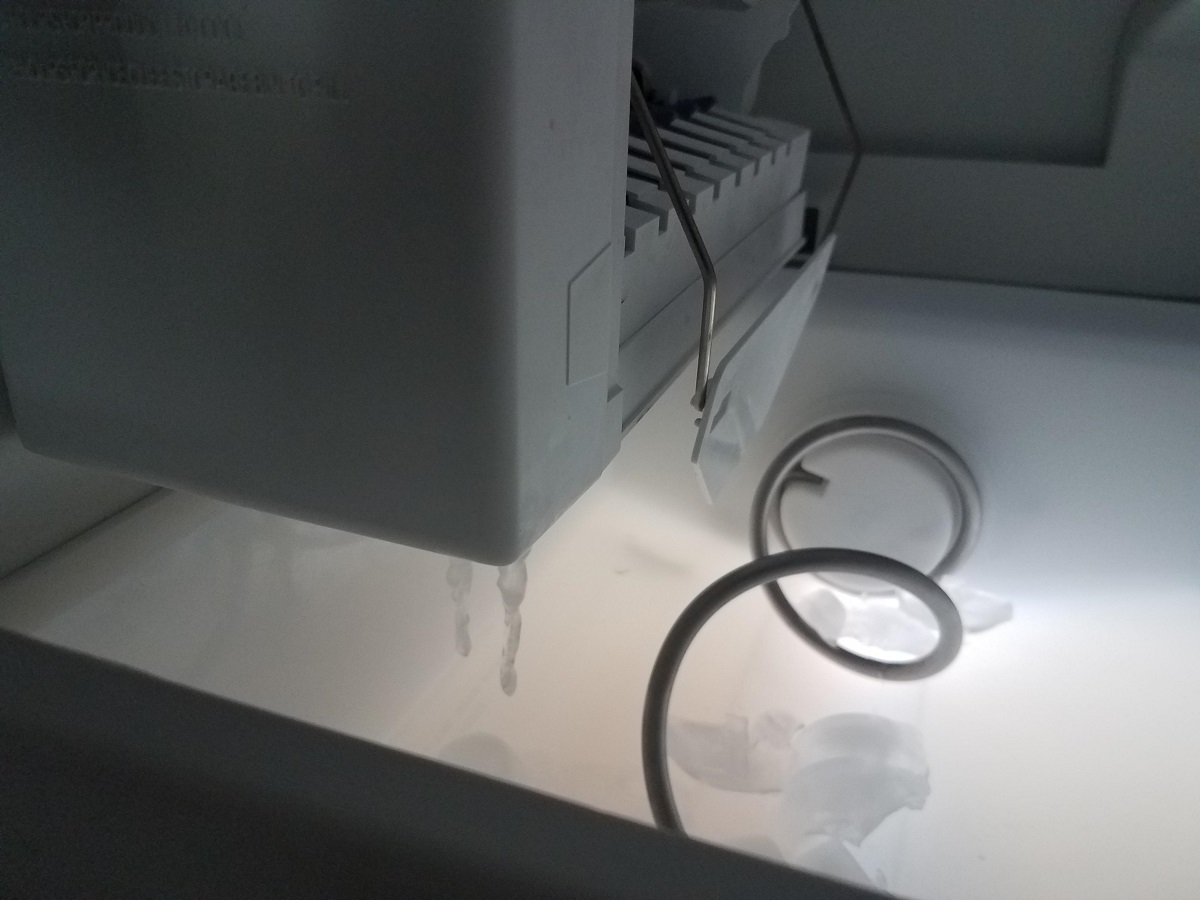
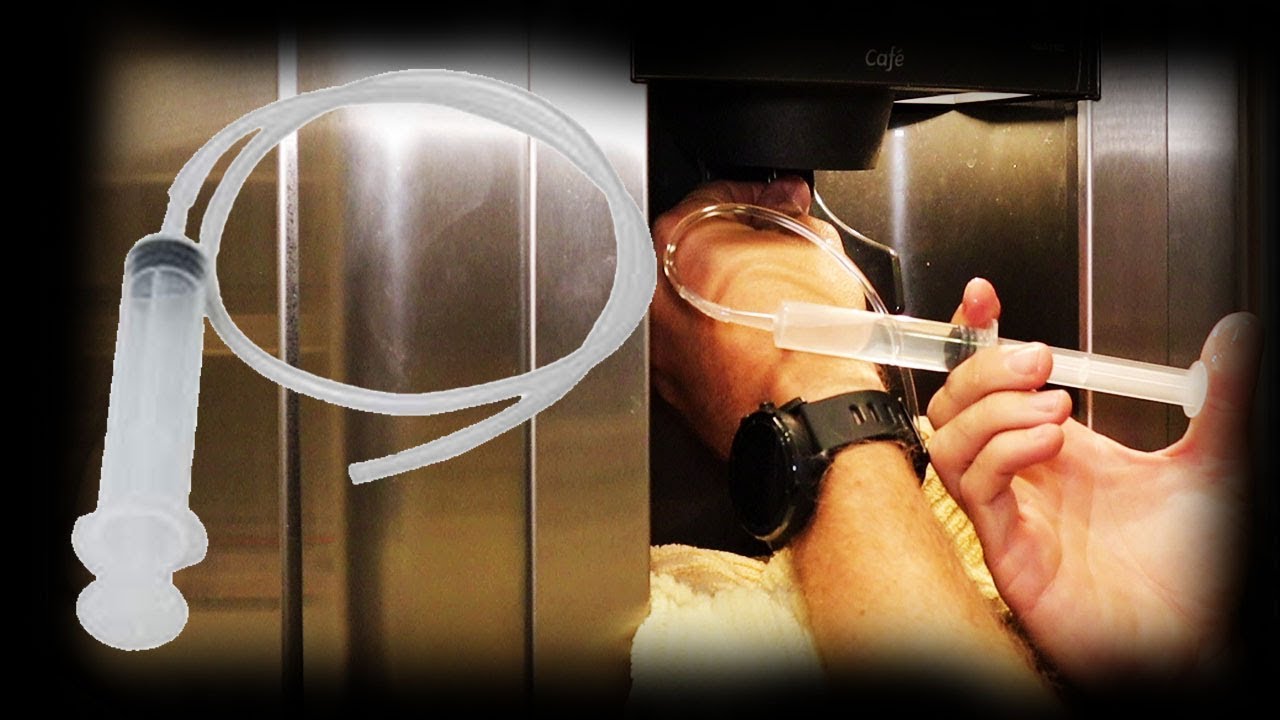
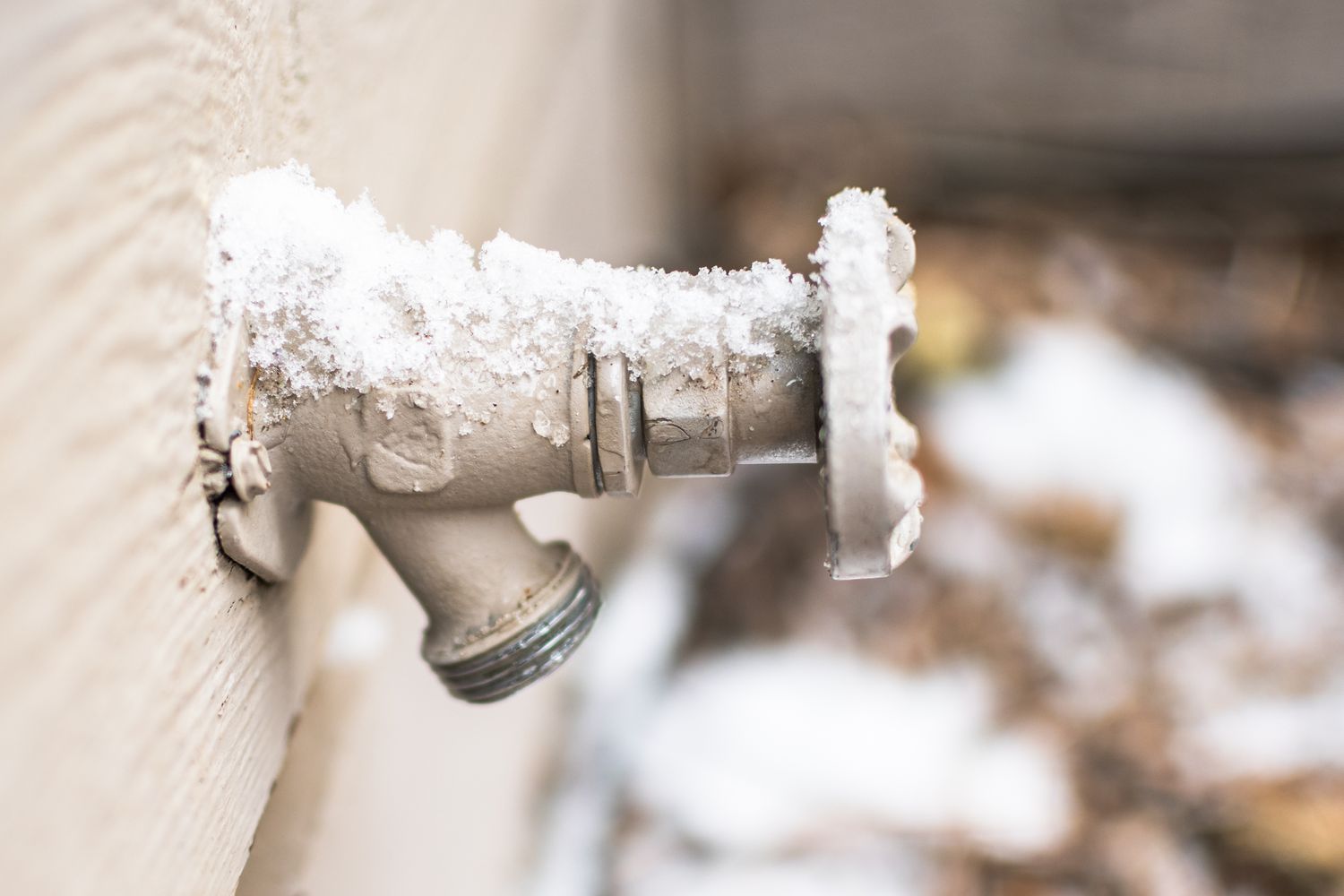

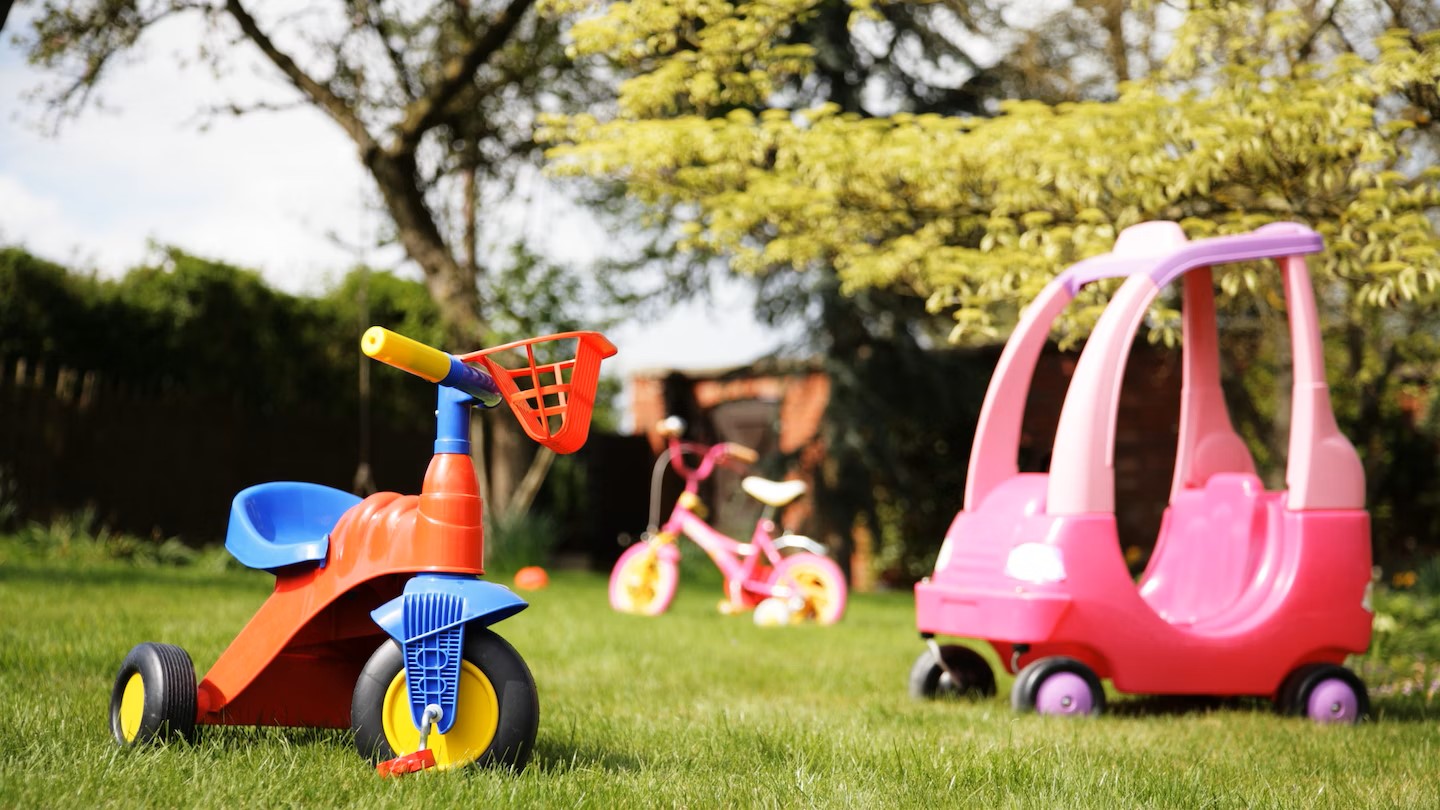



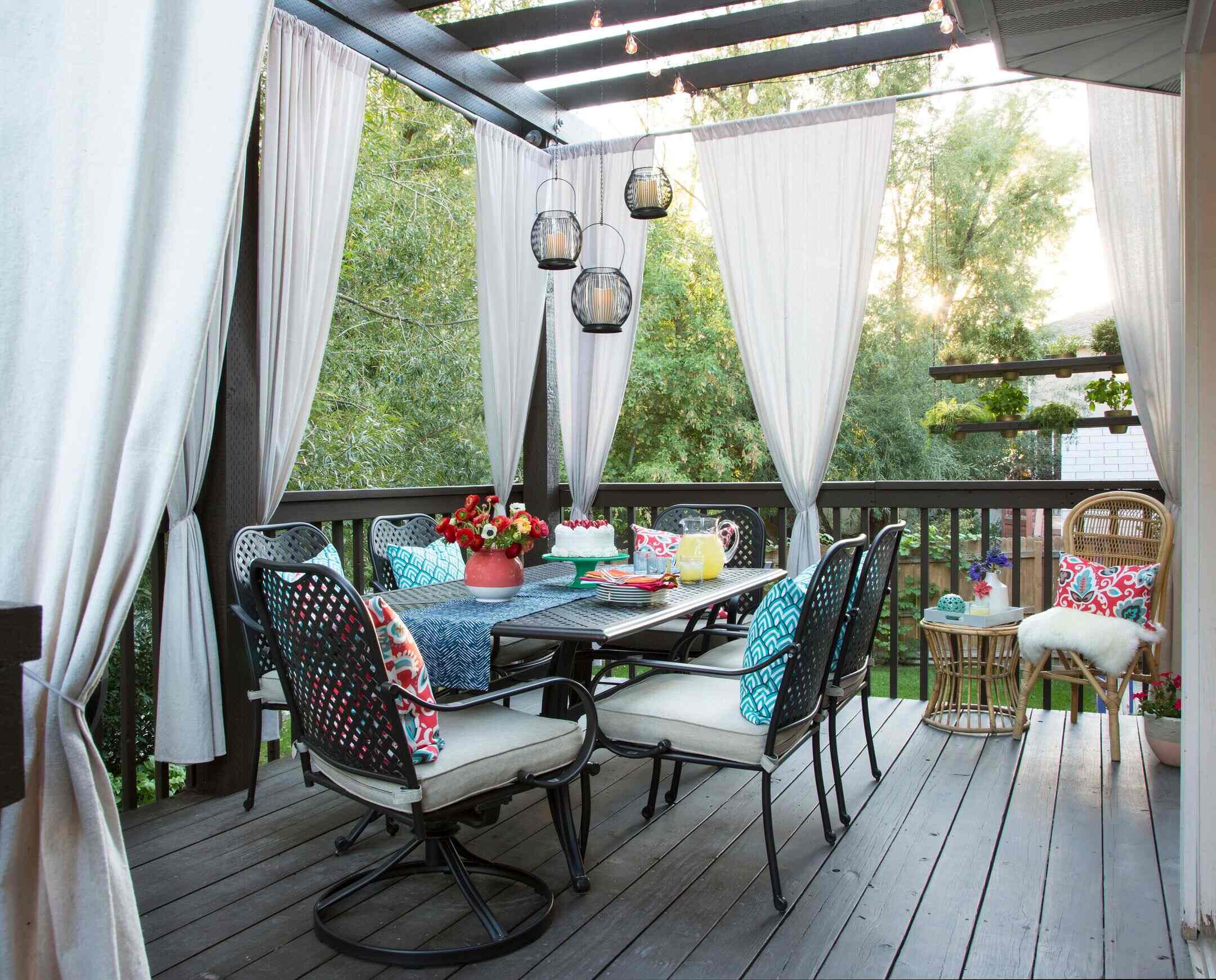
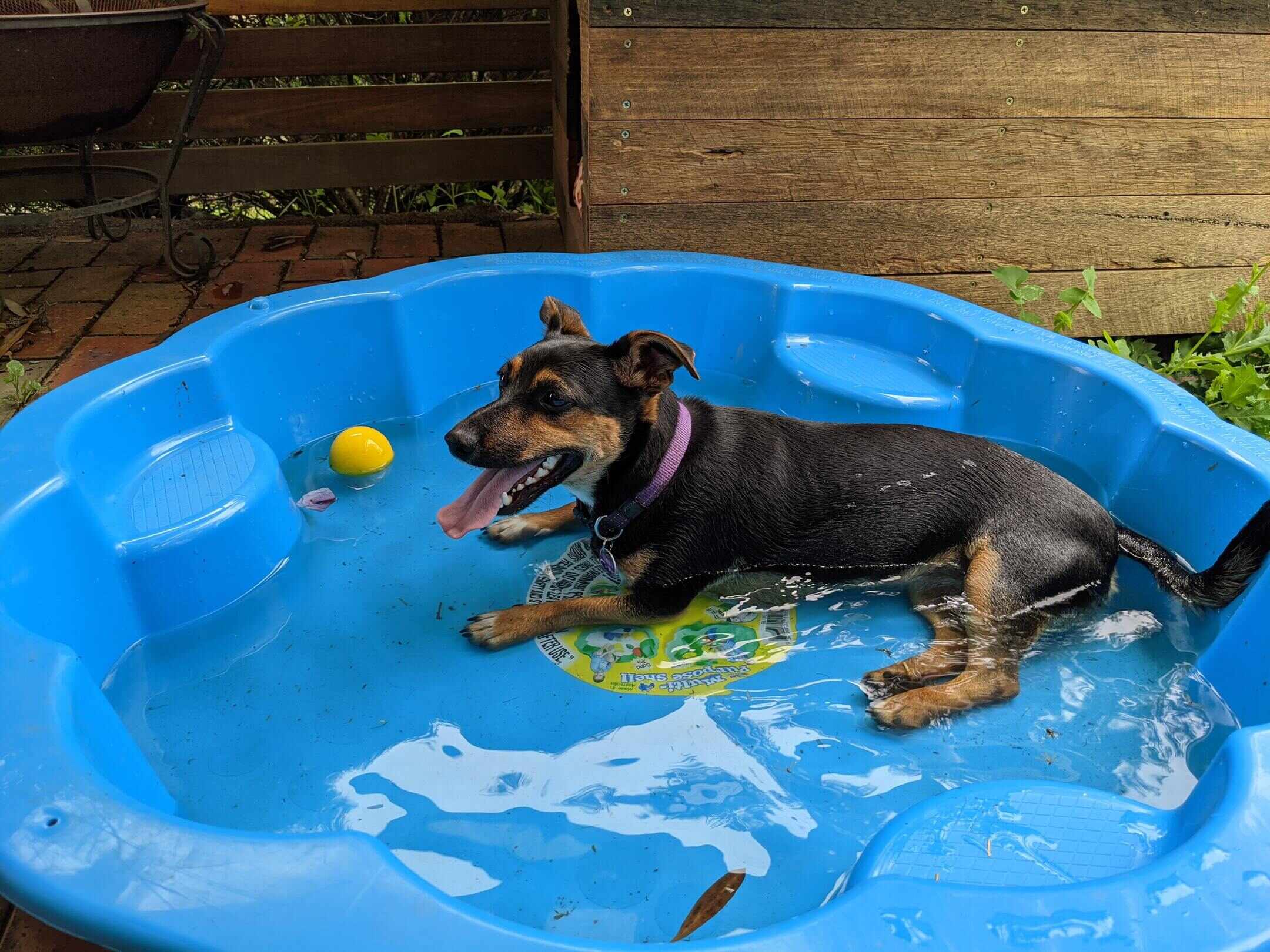
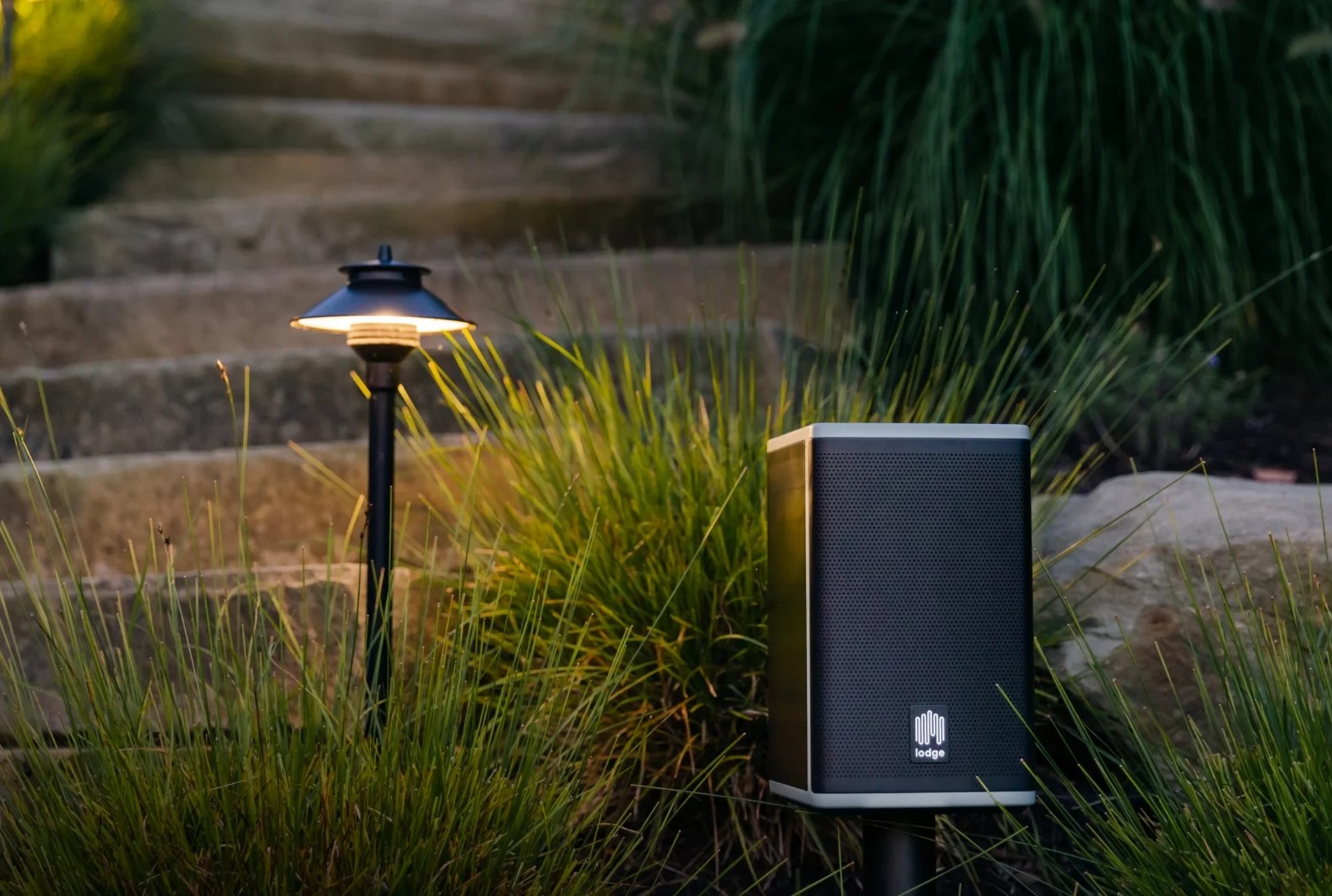

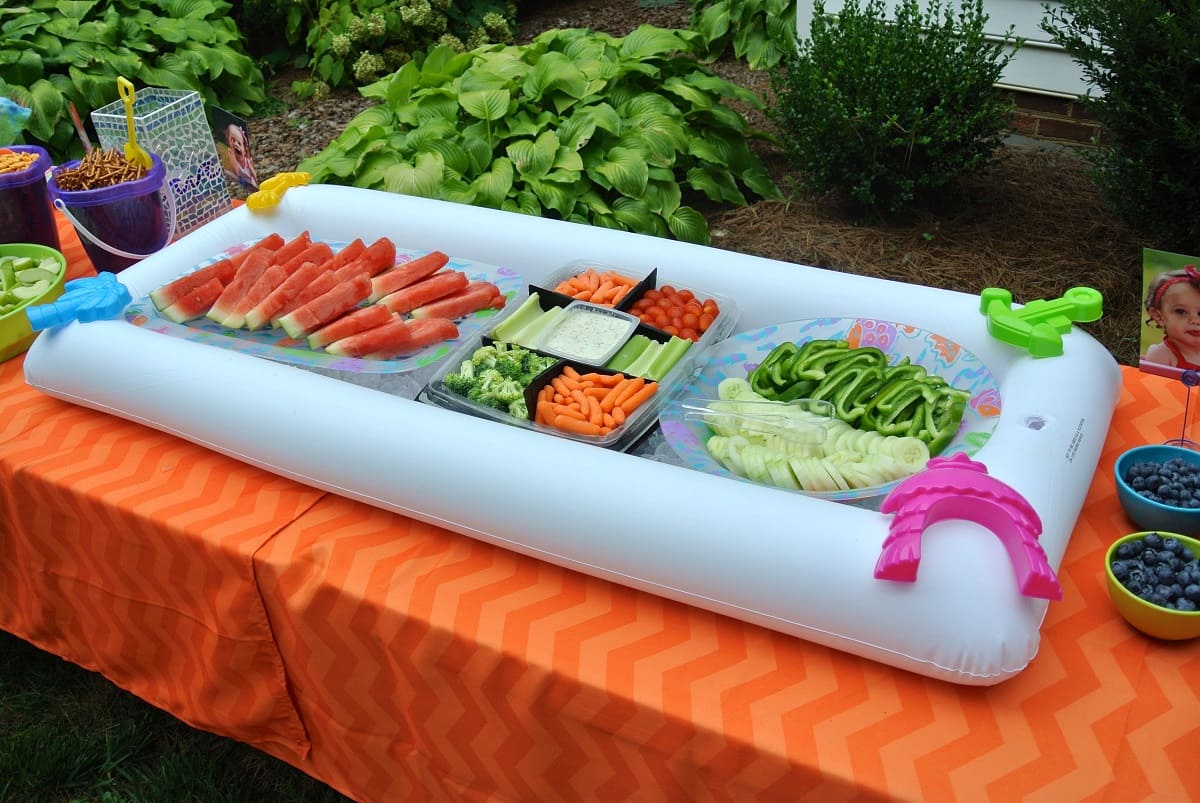
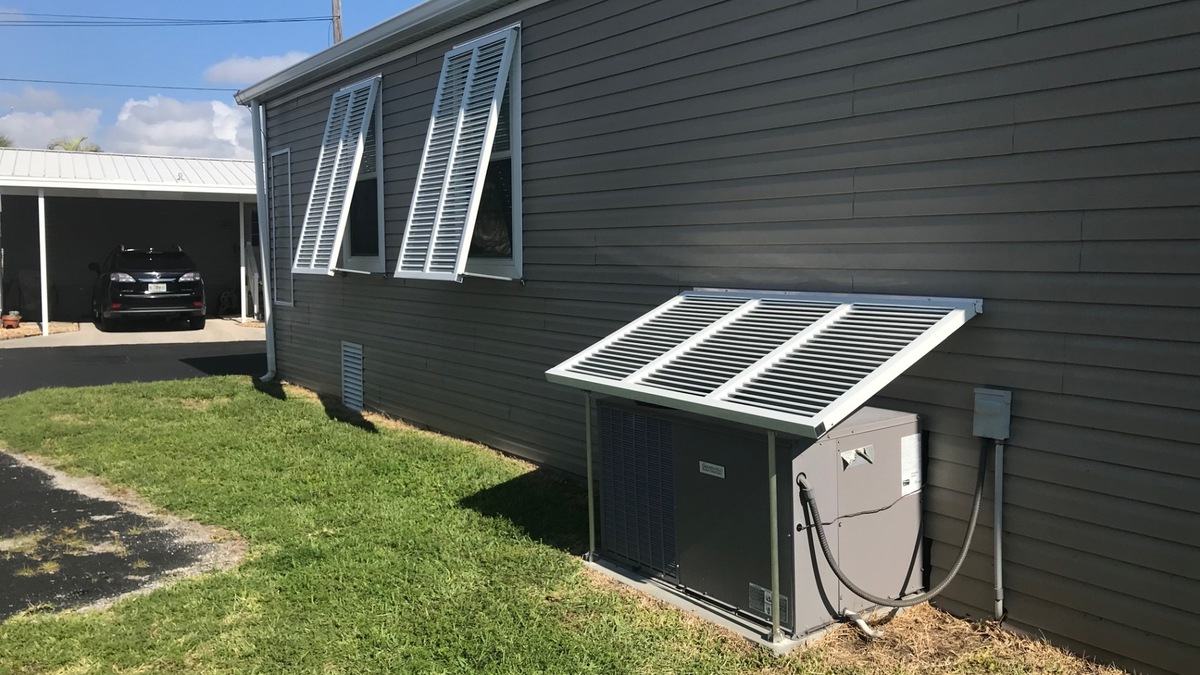

0 thoughts on “How To Keep Outdoor Ice Rink Frozen”